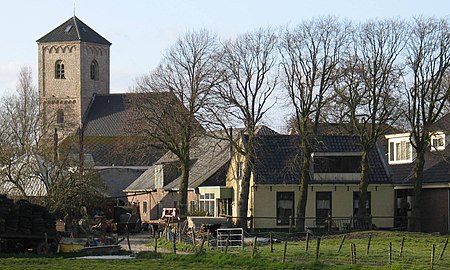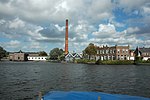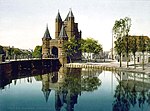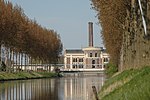Haarlemmerliede en Spaarnwoude
Former municipalities of North HollandHaarlemmermeerMunicipalities of the Netherlands disestablished in 2019Pages with non-numeric formatnum arguments

Haarlemmerliede en Spaarnwoude (Dutch pronunciation: [ˌɦaːrlɛmərˈlidə ʔɛn ˌspaːr(ə)nˈʋʌudə] (listen)) is a former municipality in the Netherlands, located in the province of North Holland. It had a population of 5,760 in August 2017. On 1 January 2019, it merged with the municipality of Haarlemmermeer.The municipality was bordered by Zaanstad to the north, Amsterdam to the east, Haarlemmermeer to the south, Haarlem to the west and Velsen to the northwest.
Excerpt from the Wikipedia article Haarlemmerliede en Spaarnwoude (License: CC BY-SA 3.0, Authors, Images).Haarlemmerliede en Spaarnwoude
Haarlemmermeerstraat, Haarlemmermeer
Geographical coordinates (GPS) Address Website Nearby Places Show on map
Geographical coordinates (GPS)
| Latitude | Longitude |
|---|---|
| N 52.383333333333 ° | E 4.75 ° |
Address
Stoomgemaal Halfweg
Haarlemmermeerstraat
1165 HJ Haarlemmermeer
North Holland, Netherlands
Open on Google Maps









